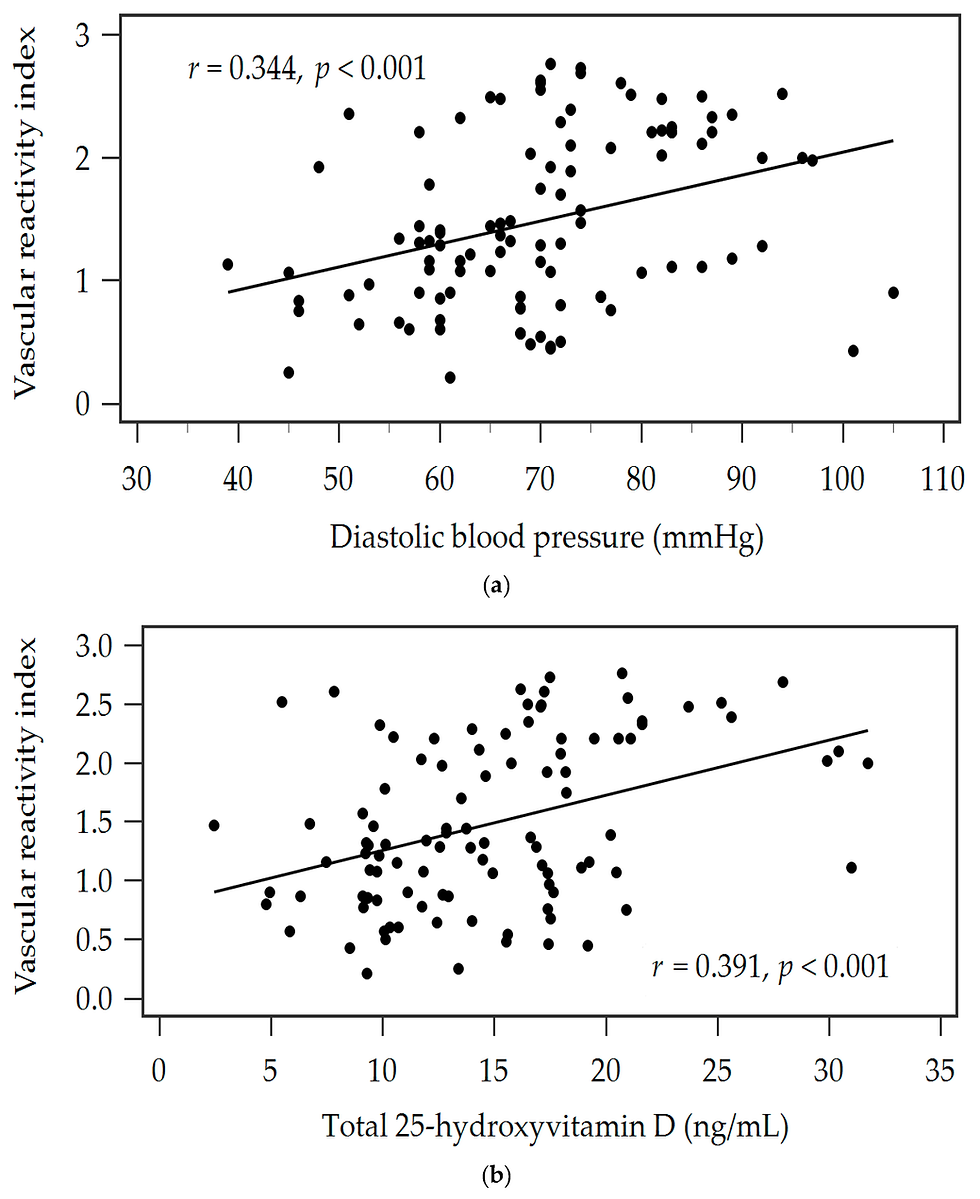Digital Thermal Monitoring (DTM) of Vascular Reactivity Closely Correlates with Doppler Flow...
- heartlung
- Jan 10, 2023
- 2 min read
Digital Thermal Monitoring (DTM) of Vascular Reactivity Closely Correlates with Doppler Flow Velocity
Gary L. McQuilkin, David Panthagani, Ralph W. Metcalfe, Haider Hassan, Albert A. Yen, Morteza Naghavi, and Craig J. Hartley
31st Annual International Conference of the IEEE EMBS Minneapolis, Minnesota, USA, September 2-6, 2009
Abstract
The noninvasive measurement of peripheral vascular reactivity, as an indicator of vascular function, provides a valuable tool for cardiovascular screening of at-risk populations. Practical and economical considerations demand that such a test be low-cost and simple to use. To this end, it is advantageous to substitute digital thermal monitoring (DTM) for the more costly and complex Doppler system commonly used for this measurement. Hassan, Albert A. Yen, physiological and pharmacological stimuli that require adjustments of blood flow, vessel tone and vessel diameter. These vascular changes may be either vasoconstrictive or vasodilative in nature and occur on both the microvascular and macrovascular levels. In early stages of atherosclerosis, even before morphological changes impact arterial stiffness, A signal processing model was developed to establish the basis for the relationship between finger temperature reactivity and blood flow reactivity following a transient brachial artery occlusion and reperfusion protocol (reactive hyperemia). Flow velocity signals were acquired from the radial artery of human subjects via an 8 MHz Doppler probe while simultaneous DTM signals were acquired from a distal fingertip via DTM sensors. The model transforms the DTM temperature signals into normalized flow signals via a deconvolution method which employs an exponential impulse function. The DTM normalized flow signals were compared to simultaneous, lowfrequency, normalized flow signals computed from Doppler sensors. The normalized flow signals, derived from DTM and Doppler sensors, were found to yield similar reactivity responses during reperfusion. The reactivity areas derived from DTM and Doppler sensors, indicative of hyperemic volumes, were found to be within ± 15%. In conclusion, this signal processing model provides a means to measure vascular reactivity using DTM sensors, that is equivalent to that obtained by more complex Doppler systems.
Read Full Text: https://www.ncbi.nlm.nih.gov/pmc/articles/PMC3341617/



![Lipoprotein(a) levels predict endothelial dysfunction in maintenance hemodialysis patients: evidence from [VENDYS] vascular reactivity index assessment](https://static.wixstatic.com/media/dac531_5285607cc591409a9d83746f042af7c6~mv2.png/v1/fill/w_980,h_980,al_c,q_90,usm_0.66_1.00_0.01,enc_avif,quality_auto/dac531_5285607cc591409a9d83746f042af7c6~mv2.png)
Comments